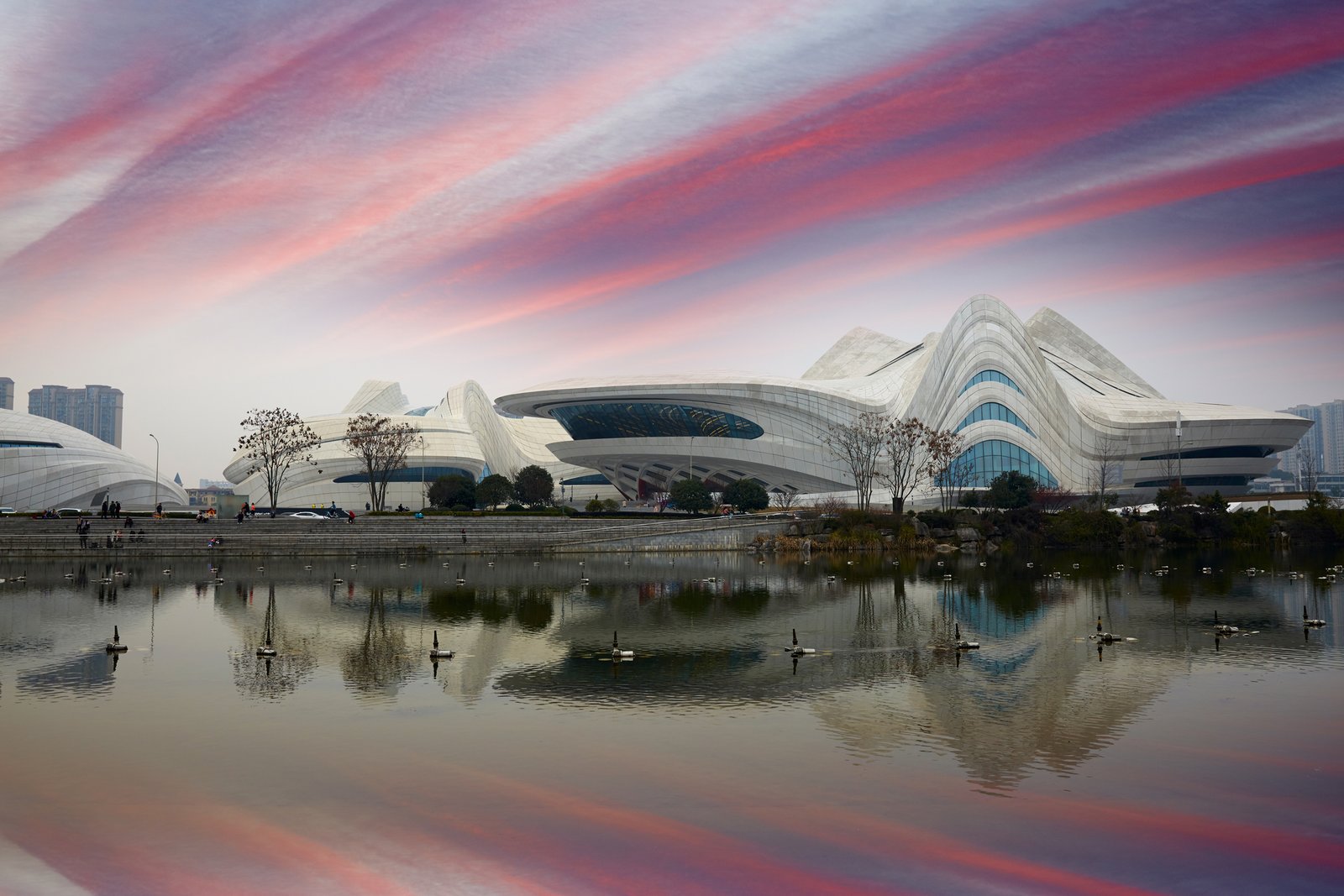Hunan cuisine is alive in Changsha. It is a world where flavors and textures mix, and each dish shares a piece of Hunan’s story. This Changsha food guide invites you to see a place where old traditions meet new ideas, making every meal an exciting journey.
Changsha is more than just a stop on the Hunan cuisine exploration map. It’s the heart of a food culture often overshadowed by its spicy rivals. Here, you’ll find flavors like smoky fish, creamy lotus seed paste, and the fresh crunch of jianbing. This Changsha culinary journey offers an authentic Chinese food experience that’s all about discovery and delicious flavors.
Key Takeaways
- Changsha’s food goes beyond spicy, with deep umami, sourness, and sweetness.
- Local markets and hidden spots show the true heart of Hunan cuisine exploration.
- Dishes like stinky tofu and steamed fish head offer bold flavors.
- The city’s food traditions mix simple and sophisticated cooking.
- Changsha’s dining scene connects old and new, from street food to fancy restaurants.
Introducing Changsha: Hunan’s Fiery Culinary Capital
Walking through Changsha’s markets, the Changsha gastronomic scene comes alive. You’ll smell steamed buns with river herbs and feel the scent of chili in the air. This city is where Hunan capital cuisine shines. It’s like stepping into a story where every dish has a long history.
The City’s Rising Status in China’s Gastronomic Landscape
Experts say Changsha is one of China’s top food spots. Chefs here mix old ways with new styles. They make Hunan food evolution exciting again. Like Italy’s slow food movement, they honor tradition while innovating. Places like Huogongdian are now famous for their modern take on old recipes.
Beyond the Stereotype: More Than Just Spicy Food
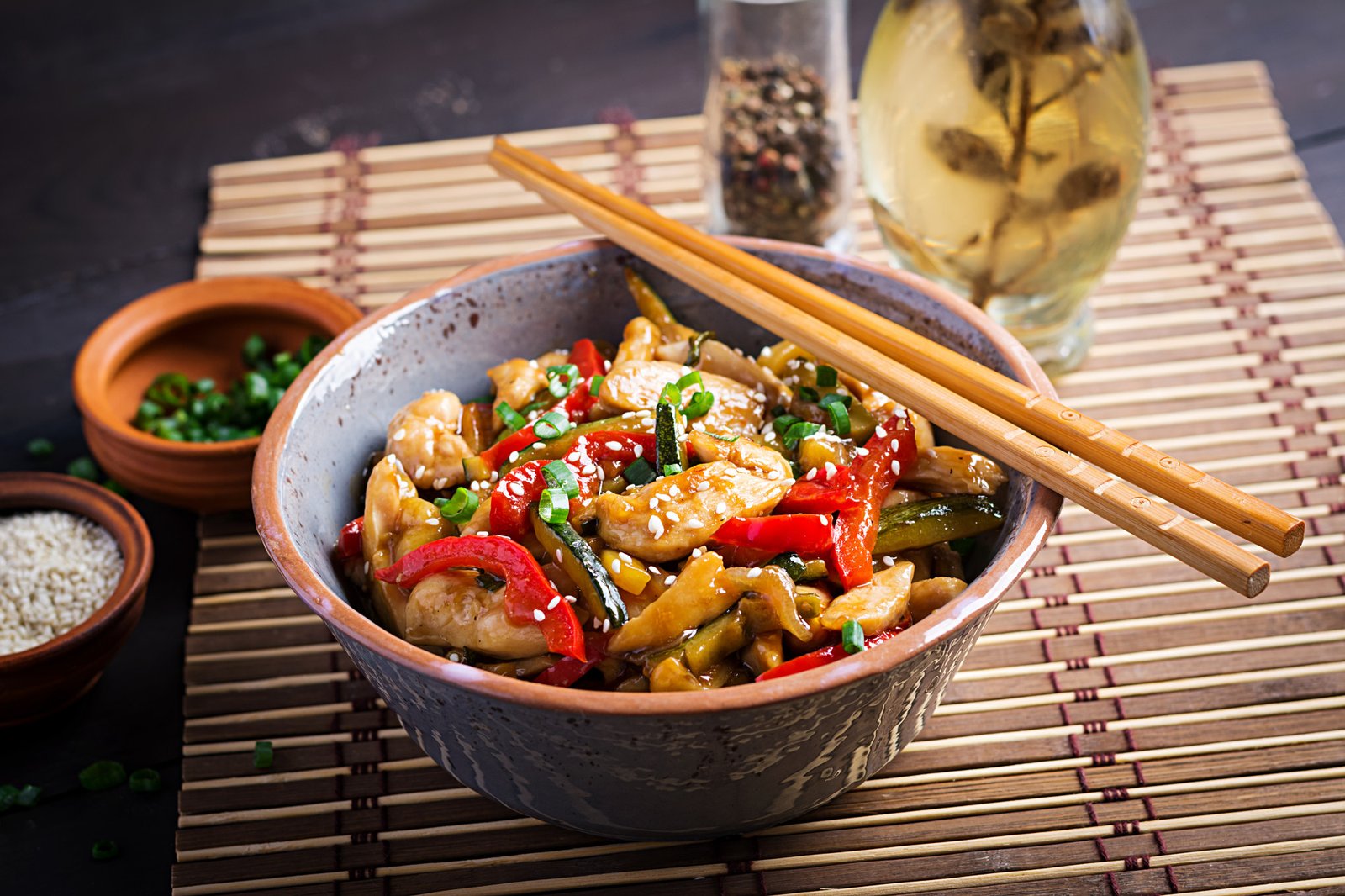
Hunan’s food is more than just spicy. It has umami from fermented bean paste and smoky duck with mountain pine flavors. “We balance fire with balance,” Master Chef Li said. “The heat is just part of the story.”
A Brief History of Changsha’s Food Evolution
Changsha’s food history spans three millennia. Trade routes brought in spices and local soy pastes. Today, these mix create dishes that tell stories of change and pride.
The Cultural Foundations of Hunan Cuisine
Walking into a family’s kitchen, sun-dried chilies and fermented bean pastes are like treasures. Hunan food culture shines in these cozy spots where families keep flavors and tales alive. Here families cure pork belly with smoked tea leaves, a tradition passed down from many generations.
“Every ingredient has a story,” she said, making steamed rice cakes. These traditions, part of Changsha culinary customs, show how Hunan’s food is shaped by both scarcity and abundance.
In Changsha, food and culture in Hunan are deeply connected to the land. The Xiang River’s floods make the soil perfect for growing fiery chilies and sticky rice. This richness creates dishes that mix strong flavors with sweetness, like smoked duck and osmanthu-sweetened rice wine.
Lotus roots become symbols of strength. They’re dug from muddy riverbeds and star in braised dishes.
- Preservation mastery: Fermented soybeans (la doufu) aged in earthenware jars
- River’s bounty: Silver carp caught daily at dawn markets
- Seasonal cycles: Pickled turnips symbolize winter’s arrival
These traditions are not just old stories; they’re ongoing conversations between past and present. Sharing century eggs with the Li family, their laughter filled the air. Here, food is more than just food; it’s a way to connect with memories and places. Every chili’s heat tells a piece of Hunan’s story. Taste this legacy, and you’ll feel Hunan’s strong spirit.
Signature Dishes That Define Authentic Changsha Cooking
Changsha’s food scene is all about bold flavors and surprises. For newcomers, trying Hunan stinky tofu is a must. It’s a fermented cube with a strong smell and a crispy outside. But inside, it’s soft and creamy, best enjoyed with pickled chili sauce.
Street vendors here make this “stinky” dish a special experience for visitors.
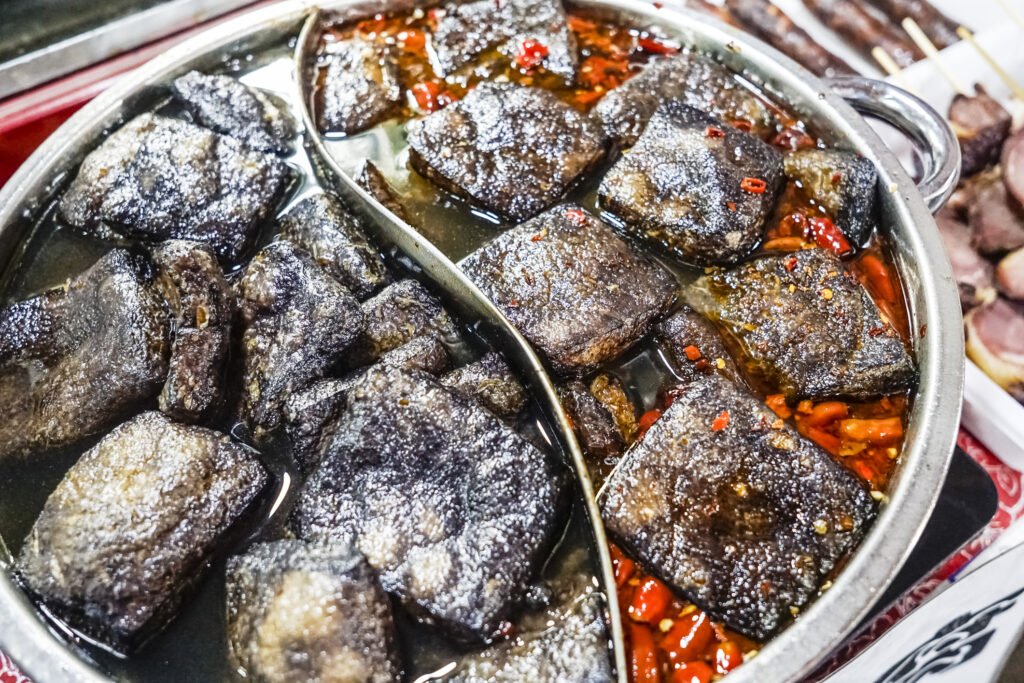
Stinky Tofu (Chou Doufu): Conquering the Legendary Delicacy
Hunan stinky tofu may be both exciting and scary. The fermentation process makes it unique. The outside is crispy, while the inside is soft.
Locals say to eat it fast. This way, you get the full experience of its flavors.
Mala Xiang Guo: The Numbing-Spicy Experience
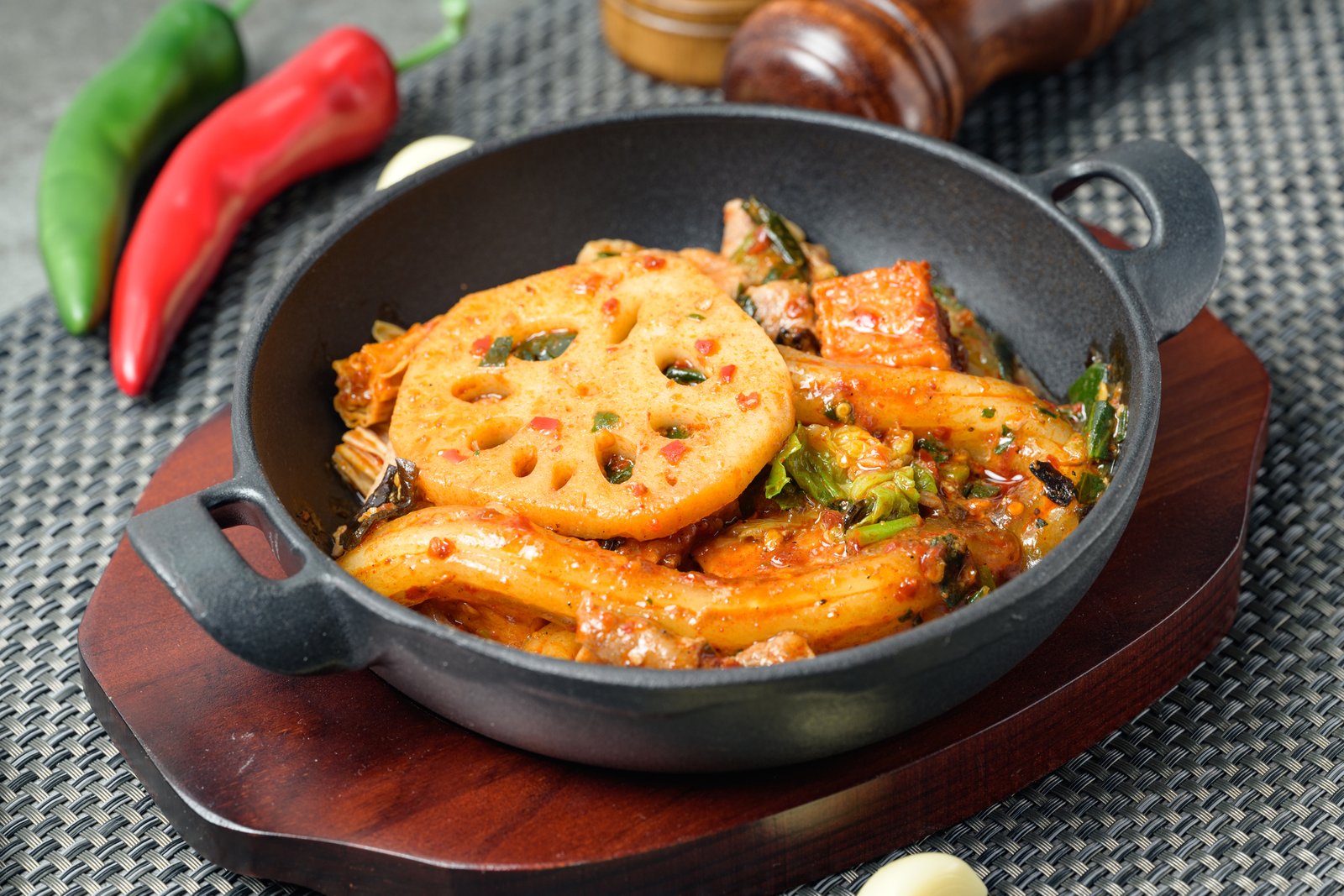
Mala Xiang Guo is a mix of Hunan’s heat and Sichuan’s numbing peppercorns. It’s a stir-fry with chili, garlic, and preserved vegetables. The secret is the ma (numbness) from peppercorns and Hunan’s spicy chilies.
This dish shows that spice can be both bold and subtle.
Changsha-Style Steamed Fish Head with Diced Hot Red Peppers
A steaming clay pot arrives with the Changsha fish head. The broth is fragrant and fills the table. The fish is tender, thanks to precise steaming and the right amount of chilies.
Each bite shows that fish and spice can be elegant together.
Leisure Tea (Leisurely Tea): A Sweet Finish to Fiery Meals
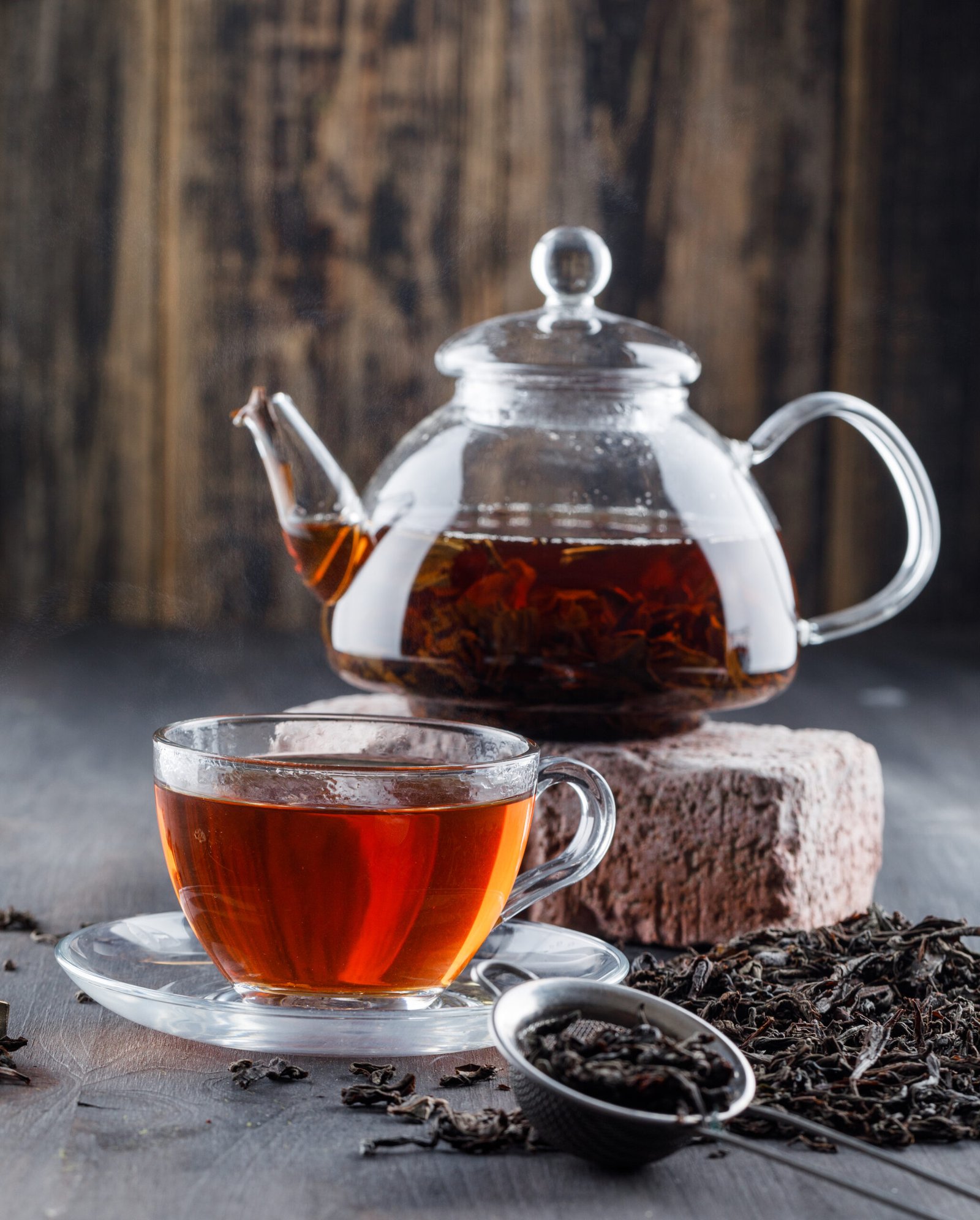
No meal in Changsha ends without leisure tea. It’s a black tea with osmanthus or red bean paste. The tea’s sweetness balances the meal’s heat.
This moment invites you to think about the balance of indulgence and tradition in Hunan’s street food.
Street Food Adventures: Navigating the Alleyways of Flavor
Exploring Changsha’s night markets at dusk is like entering a world of sounds, smells, and tastes. The Changsha street food tour is more than food—it’s an adventure for your senses. Vendors call out orders as woks sizzle with chili oil. The smell of fermented bean paste mixes with the smoke from wood fires.
At places like Yangliuwei or Huangxing Pedestrian Street, the atmosphere buzzes. Bowls clatter and people laugh. Here, Hunan snack foods tell stories. A vendor shapes rice balls filled with sesame paste, while an elderly man grills spicy chicken gizzards.
The authentic street food in China surprises you. Stinky tofu, wrapped in lotus leaves, is a burst of umami. Duck necks, fried until crispy, disappear fast.
Grandma Li at Shaxing Night Market teaches us about balance. She says, “Sugar-coated glutinous rice cakes with osmanthys flowers calm the tongue.” She sprinkles flowers on my order.
“Every bite here is a conversation between fire and heritage,”
she says, dusting chili powder like magic.
For travelers, the secret is to explore freely:
- Look for Changsha night market food after 7 PM when stalls light up
- Use gestures and smiles to communicate with vendors
- Start with “small eats” like lotus root stuffed with sticky rice
These alleys are more than paths—they’re doors to a bold cuisine. The city’s Hunan snack foods don’t just feed you; they invite you to enjoy the chaos, one bowl at a time.
A Culinary Tour of Changsha (Hunan Province): From Markets to Fine Dining
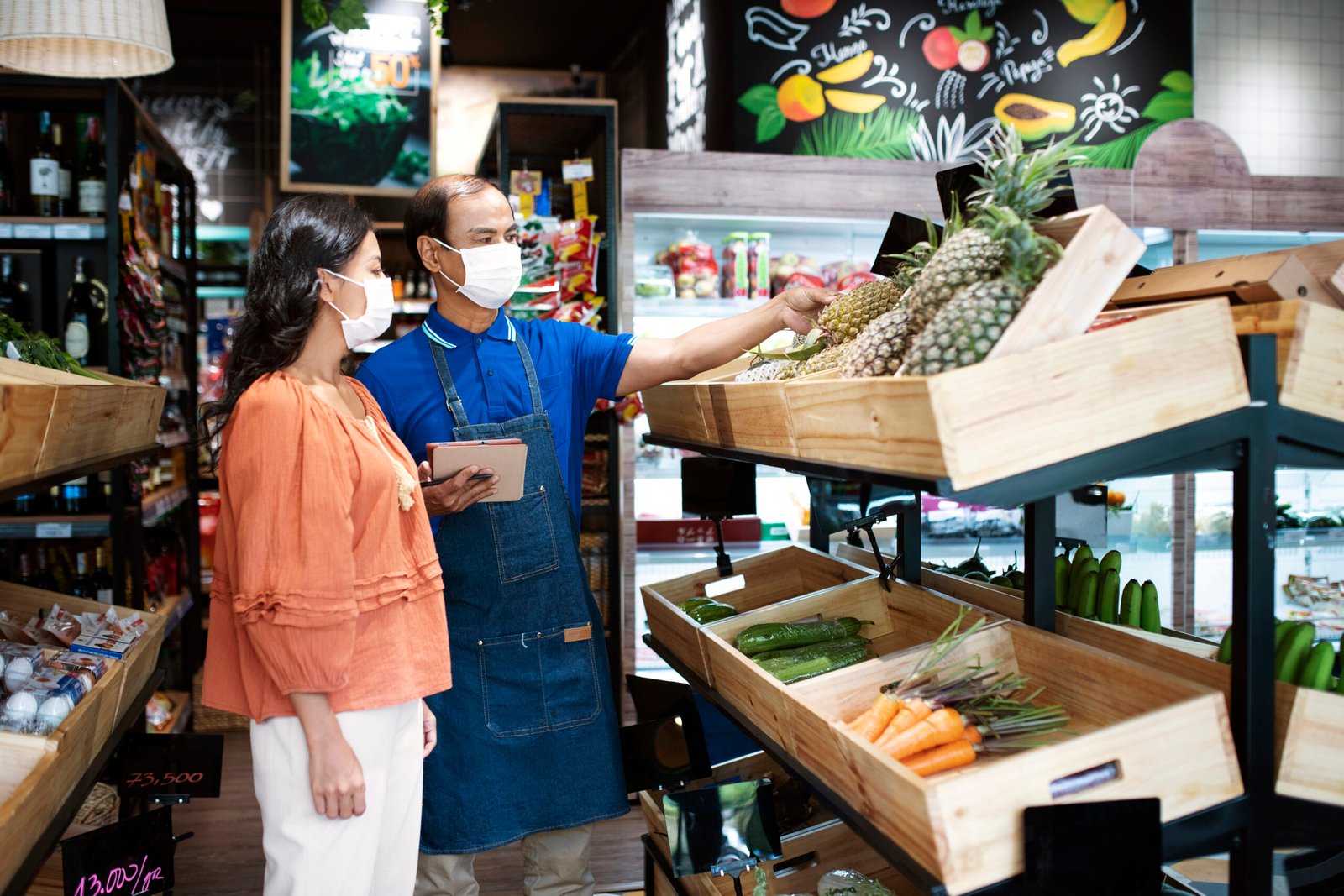
Exploring Changsha’s food scene is like reading a living cookbook. The Changsha restaurants guide takes you from old traditions to new creations. You’ll find places where old and new meet.
Huogongdian (Fire Palace): Where Tradition Meets Spectacle
At Huogongdian Changsha, history comes alive. Servers in Ming-era clothes cook dishes right at your table. Try the crispy duck in fiery oil. It’s a taste of history.
Local Hidden Gems Worth the Search
For those who love to explore, hidden alleys have surprises. Lao Changde is a family-run best Hunan cuisine restaurants with amazing fish head soup. It’s a mix of chili and star anise. Tip: Get there early to beat the crowds.
The New Wave of Modern Hunan Restaurants
| Aspect | Traditional | Modern |
|---|---|---|
| Signature Dishes | Sticky rice pork belly | Deconstructed mapo tofu with truffle oil |
| Setting | Wooden tables in narrow lanes | Industrial-chic interiors with open kitchens |
| Signature Touch | Hand-pound chili paste | Molecular gastronomy techniques |
Places like Xiang Jun Restaurant offer a new take on fine dining in Changsha. They serve dishes like lotus root-stuffed duck. Chef Li, trained in Paris, combines French methods with Hunan’s bold flavors.
Beyond Restaurants: Food Markets and Cooking Classes
Before dawn, the air in Changsha’s Xiapu Market buzzes with life. Vendors stack fiery red chilies high; fish sellers work quickly. This is where Chinese food market tours start, not just watching but participating.
To shop for Chinese ingredients here, you need to be curious. Ask vendors to grind fresh Sichuan peppercorns or touch the soft preserved tofu. “The best learners taste and touch,” said one vendor, her hands covered in fermented bean paste.
Navigating Changsha’s Bustling Food Markets
Visiting markets is like a sensory lesson. See the chili heat levels at chuan doufu stalls. Use apps like Google Translate to read labels; many vendors now take credit cards. Arrive early for the best dried bamboo shoots and aged black vinegar.
Hands-On Learning: Mastering Hunan Cooking Techniques
At Changsha cooking classes, learn about wok angles and stir-fry success. Master Li shows how to mix numbing and spicy flavors in laogan mian noodles. Classes at Hunan Heritage Kitchen focus on knife skills for lotus root chips.
Compare different cooking schools:
| School | Focus | Unique Feature |
|---|---|---|
| Old Town Cooking School | Street Food Mastery | Market tour + hands-on prep |
| Hunan Heritage Kitchen | Traditional Techniques | English instruction included |
Bringing Changsha Flavors Home
To make Hunan dishes at home, you need special ingredients. Get doubanjiang from Xiapu Market’s fermented goods section. For U.S. travelers, online stores like AsiaMart ship red finger chilies and smoked tofu. Learning Hunan cooking techniques begins here, where every spice has a story.
The Perfect Pairings: Drinks That Complement Hunan’s Bold Flavors
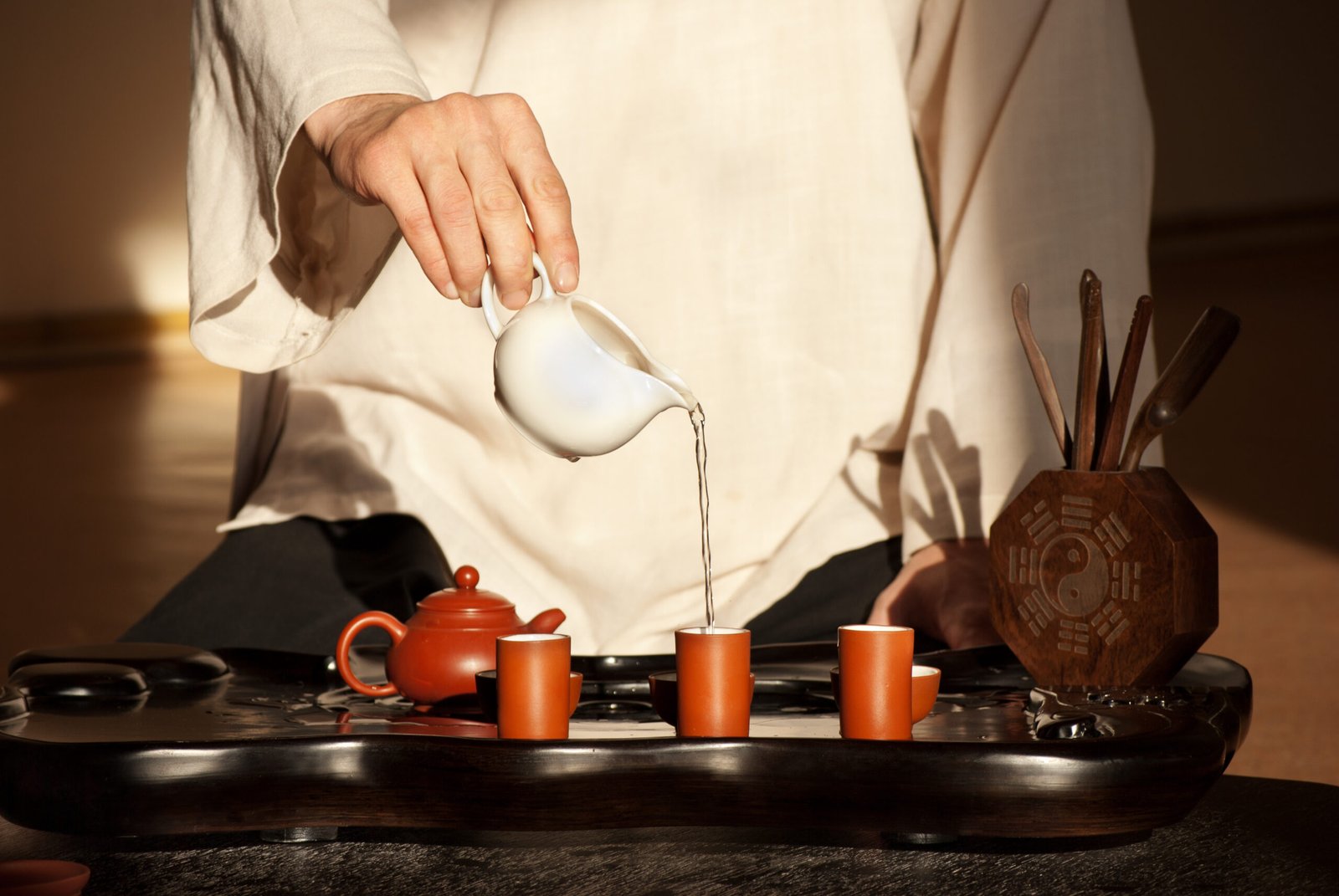
In Changsha’s heart, you will find that the right drink can make a spicy meal into a beautiful mix of flavors. Hunan’s bold heat needs drinks that balance, not just cool down. Let’s see how Chinese food and drink pairings make each bite special.
Chinese tea culture is my guide. At a century-old tea house, a master made pu-erh for me. He said its earthy taste goes well with crispy pork belly.
The spiced chai, with a cinnamon flavor, matches the spicy notes in Mala Xiang Guo. The key is timing: drinks like green tea refresh the palate between bites of steamed fish head.
“A good tea must dance with the dish, not overpower it,” said the tea house owner, pouring a floral oolong to complement a smoky duck dish.
For new flavors, Changsha’s craft beer scene is great. Breweries like Xiang River Brewing mix local osmanthous flowers into IPAs. These beers cut through the numbing ma la heat. Even traditional baijiu, paired with fatty dishes like lotus seed paste desserts, shows its toasted grain warmth.
| Drink | Pairing Magic |
|---|---|
| Shengcha Green Tea | Steamed fish head with red peppers |
| Osmanthous-infused lager | Mala Xiang Guo |
| Sour plum juice | Stinky tofu’s pungency |
Don’t miss out on Changsha’s local drinks like winter melon tea. Its sweet taste is perfect with chili-laced dishes. These drinks aren’t just sides—they’re the key to enjoying Hunan cuisine like a local, making every meal an exciting journey.
Seasonal Specialties: When to Visit for Culinary Festivals
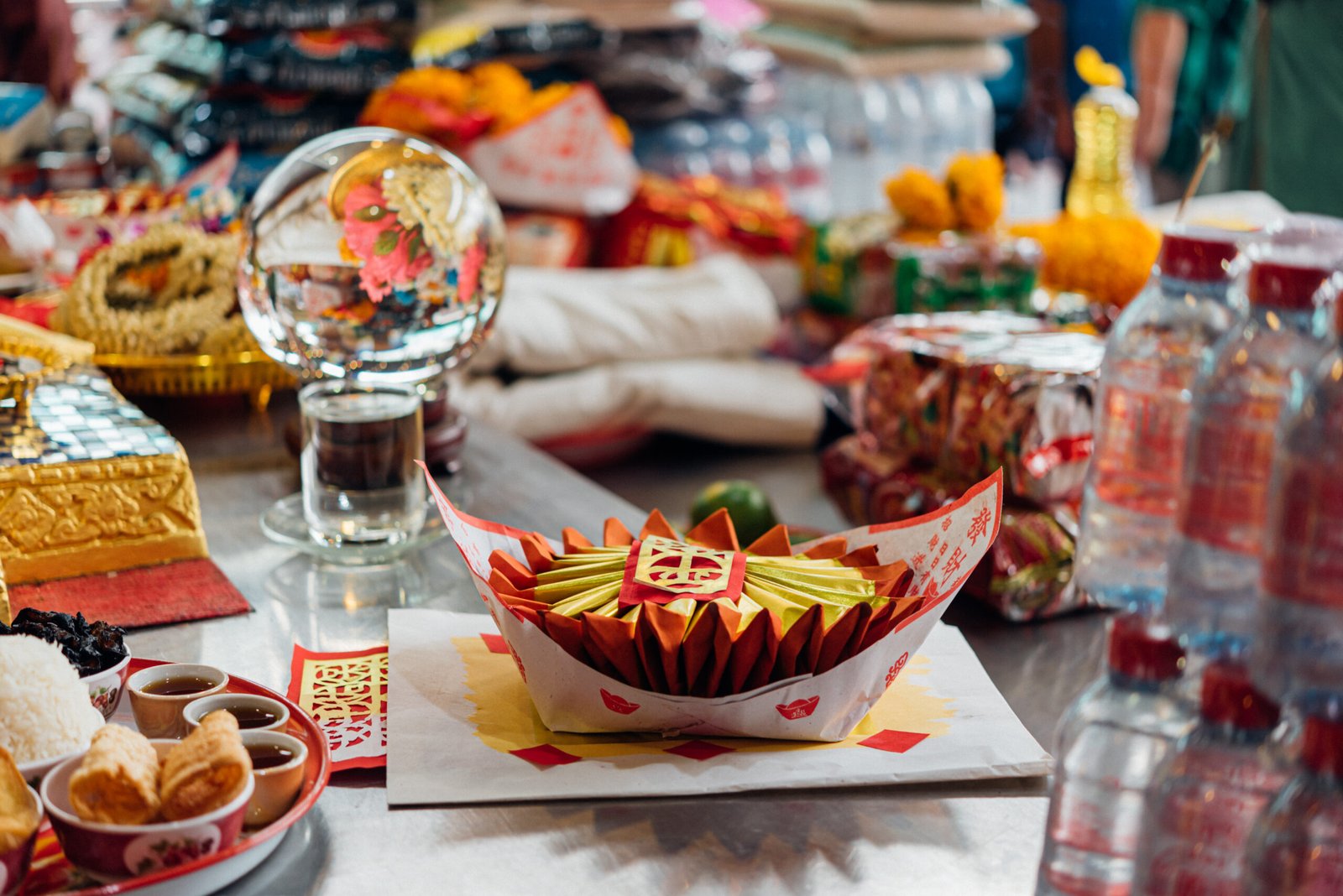
Changsha’s food scene changes with the seasons. Travelers can enjoy a variety of Changsha food festivals and seasonal Chinese cuisine. Each month, new flavors and ingredients arrive, tied to Hunan harvest celebrations and Chinese seasonal ingredients. Plan your visit to catch these special moments.
Orange Island Harvest Festival
The Orange Island Harvest Festival happens in autumn. The Xiang River’s banks come alive with food stalls. I saw mountains of red chilies and black teas, and chefs making dishes with fresh rice and lotus roots.
Don’t miss the mooncake-making workshops. They mix tradition with new ideas.
Winter Citrus and Preserved Meat Season
In winter, Changsha’s streets smell like curing labs. Bamboo racks are filled with smoked duck and chili sausages. A local farmer said, “These meats are our winter treasure.” Here’s a list of seasonal foods:
| Season | Star Ingredient | Iconic Dish |
|---|---|---|
| Autumn | Lotus root | Stir-fried with pork and shallots |
| Winter | Preserved meats | Hotpot with chili-oil braised sausages |
Autumn Moon Festival Delicacies
The Moon Festival food in Changsha is unique. Instead of traditional mooncakes, they offer ones with smoked pork and sesame. For something new, try innovative mooncakes at Xiangxiang Bakeshop.
Visit in October for harvest festivals, December for preserved meats, and mid-autumn for mooncakes. Each season shows how Changsha’s kitchens respect tradition and welcome change.
Conclusion: Embracing the Full Spectrum of Changsha’s Culinary Heritage
A journey through Changsha’s culinary world started with caution about its famous heat. But, it ends with a deep respect for Hunan’s cooking art. The city’s flavors, from stinky tofu to mala xiang guo, show a mix of tradition and new ideas. Changsha is more than just spicy food; it’s a lesson in balance for food lovers.
Exploring Changsha’s food scene is an adventure. The city’s markets and hidden spots are full of surprises. Sharing a meal with locals shows that food can unite people, even without words.
To truly experience Changsha’s food culture, plan to spend 5 to 7 days. Visit markets near Huogongdian and family-run spots. Try modern twists at restaurants and old techniques in alleys. My last meal in Changsha was unforgettable, with flavors that stayed with me. Let Changsha’s food inspire your next food adventure; its flavors are waiting for you.
